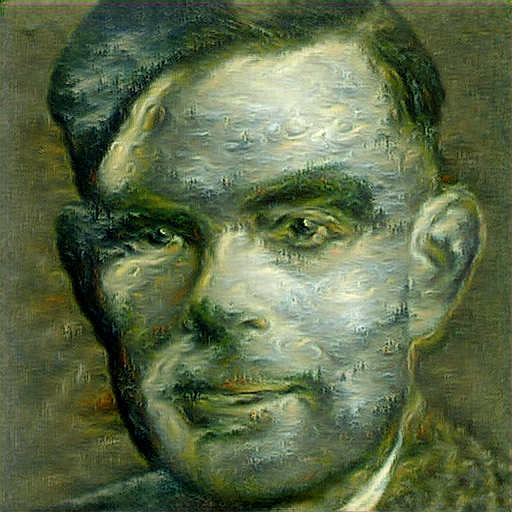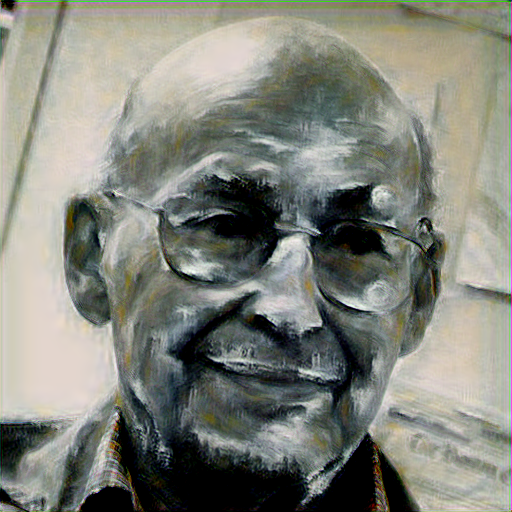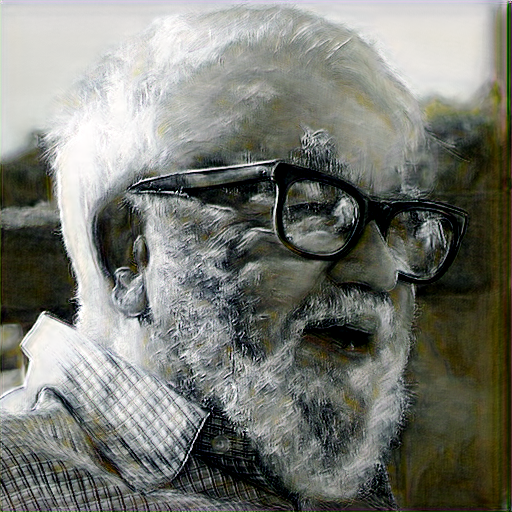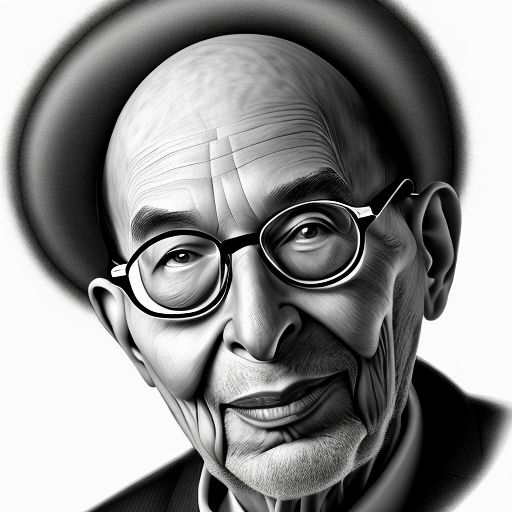The term Artificial Intelligence (AI) has been used to refer to a wide range of technologies and techniques that allow machines to simulate human intelligence and behavior. From the early days of AI research, three people have been instrumental in creating the tools and principles that have enabled us to create AI: Marvin Minsky, John McCarthy, and Alan Turing. These three people are often referred to as the “godfathers of AI” because of the significant contributions they have made to the field.
Marvin Minsky is known as the “father of AI”. He was the first to suggest that AI could be achieved by constructing a computer program that could think like a human. Minsky’s work on AI was largely focused on developing a theory of mind that could help computers “understand” and interact with humans. He also developed the first AI programming language, called LISP, which was essential for the development of AI.
John McCarthy was another key figure in the development of AI. He coined the term “Artificial Intelligence” and is often credited with developing the first AI programs. McCarthy was a pioneer in the development of AI algorithms, and his work was instrumental in the development of expert systems, which are computer programs that can solve complex problems.
Alan Turing is arguably the most famous of the three godfathers of AI. Turing is best known for his work on the Turing Test, which is an evaluation of a computer’s ability to think like a human being. Turing’s work was also crucial in the development of the modern computer, as he was the first to propose the concept of a stored-program computer.
These three godfathers of AI have made significant contributions to the development of AI, and their pioneering work has enabled us to create the sophisticated AI technology of today, leading to machines that can think, reason, and act like humans.
Alan Turing

Alan Turing was an English mathematician, computer scientist, logician, cryptanalyst, philosopher, and theoretical biologist who is widely considered to be the father of modern computer science. He was born in 1912 and attended Kings College, Cambridge where he studied mathematics. It was during this time that he developed the Turing machine, which was an abstract computing machine that could be programmed to solve any computable problem. He then went on to develop the Turing test, which is a test of a machine’s ability to demonstrate intelligence. Additionally, he developed the principles of artificial intelligence and machine learning. His work in breaking the Enigma code in WWII was instrumental in the Allied forces’ victory and is considered one of the most significant achievements of the 20th century. Turing’s contributions to AI have been extremely influential and his work has been a major foundation for the development of modern AI.
Marvin Minsky

Marvin Minsky was a computer scientist, cognitive scientist, and mathematician who was recognized as one of the most influential figures in the field of artificial intelligence (AI). He was born in New York City in 1927 and attended Harvard University, where he earned his bachelor’s degree in mathematics in 1950, and later his PhD in 1954. Throughout his career, Minsky published over 200 articles and books, including his seminal work, “Perceptrons,” which introduced the idea of neural networks and laid the foundations for the development of AI. He was a pioneer in the field of AI, and his works helped to shape the field as we know it today.
Minsky’s contributions to AI range from the development of symbolic artificial intelligence, which incorporated the use of symbols and language to solve problems, to the concept of “machine learning,” which allowed computers to learn from data. He also created the “society of mind” theory, which proposed that the mind is composed of many different processes and functions, each of which could be studied and replicated in AI. Furthermore, Minsky’s work on robotics and artificial intelligence played a major role in the development of autonomous robots and self-driving vehicles. In addition, Minsky’s work on vision systems and computer animation allowed AI to become a more interactive and lifelike experience. In recognition of his contributions, Minsky was awarded the Turing Award in 1969 and the National Medal of Science in 1979.
John McCarthy

John McCarthy is considered one of the godfathers of artificial intelligence (AI). Born in Boston in 1927, he graduated from Caltech and then went on to Princeton University where he earned his Ph.D. in mathematics in 1951. He then spent several years teaching at Dartmouth College, Stanford University, and MIT before becoming a professor at Stanford in 1962.
John McCarthy is credited with coining the term “artificial intelligence” and was a pioneer in the field of AI. He developed the Lisp programming language, which is still used today for AI applications. He also developed many of the principles and theories that are used in AI today, such as the concept of the Turing Test, which is used to measure the intelligence of a computer. He was also a proponent of the use of knowledge representation and logic to solve problems, which laid the foundation for modern AI research. In addition, McCarthy was a leader in the development of AI robotics, which allowed machines to interact with the environment and learn from their experiences.
McCarthy also wrote extensively on the ethical implications of AI, and was a vocal opponent of the use of AI for military purposes. He was a strong advocate for the use of AI to benefit humanity, and his work continues to have an impact on AI research today. His contributions to the field of AI were immense and his legacy lives on in the advances made in the field.
Text entirely generated by Bearly (essay), with the prompt:
“Who are the main godfathers of AI and what were their contributions? / In the past decades, 3 people were instrumental in inventing the tools and principles that allowed us to create artificial intelligence”
Opening image generated from text by Replicate/openjourney with the prompt “mdjrny-v4 style portrait of Marvin Minsky, black and white, sharp focus, illustration”
Inside images generated from real pictures with a style transfer by Replicate/clipstyler (style “oil painting”)
